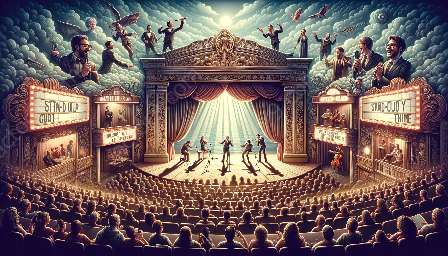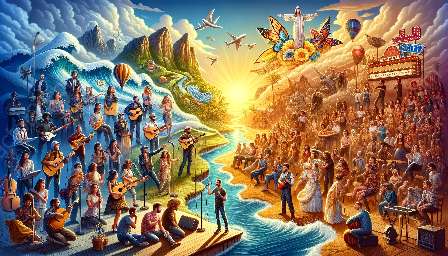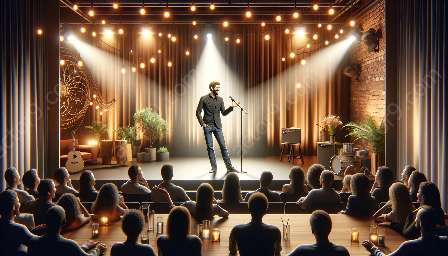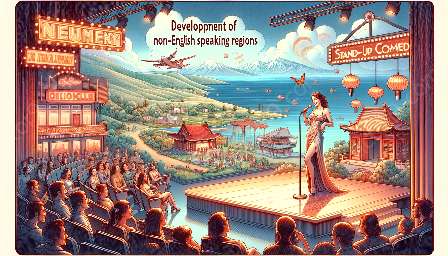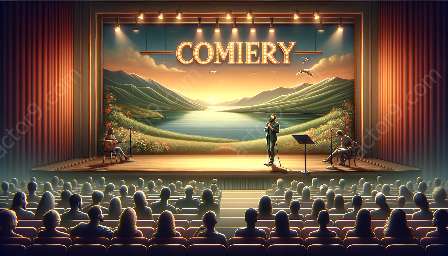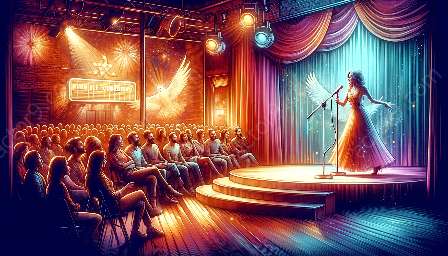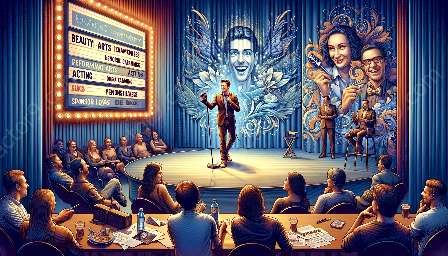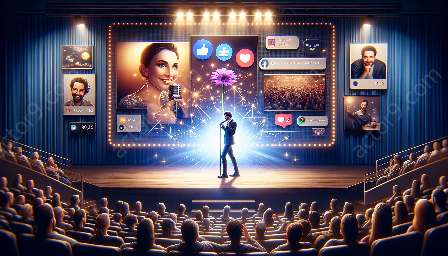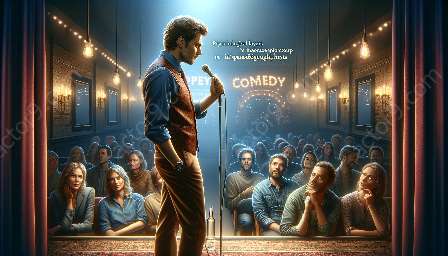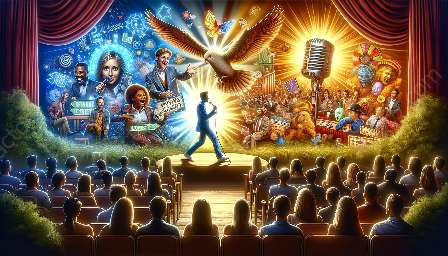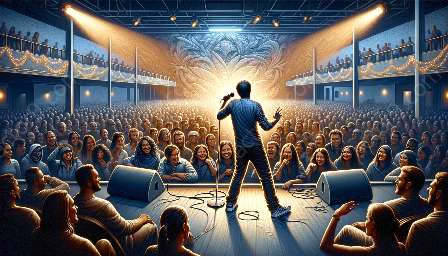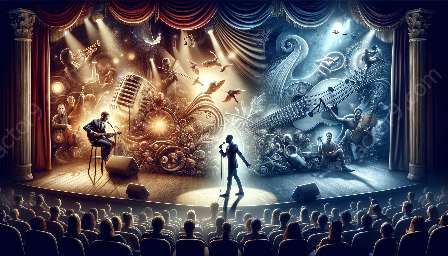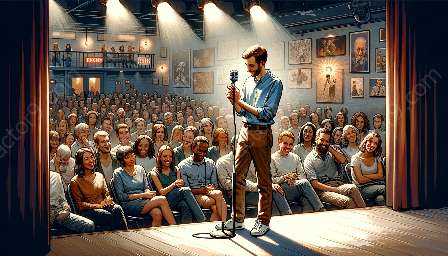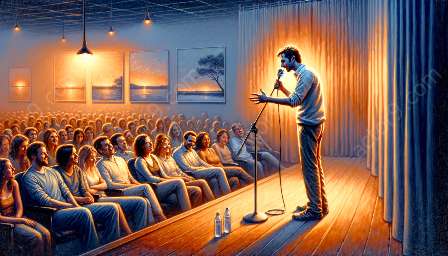Stand-up comedy has a rich history that has evolved over time, shaped by various milestones and influential figures. From the early days of vaudeville to the modern era of comedy specials and viral online videos, the art of comedy has continuously pushed boundaries and delighted audiences. Here, we will delve into the significant milestones that have contributed to the development of stand-up comedy as a popular form of entertainment.
The Birth of Vaudeville
Vaudeville, a type of variety show that was popular in the late 19th and early 20th centuries, played a significant role in the development of stand-up comedy. It provided a platform for comedians to showcase their talents and connect with audiences, laying the groundwork for the modern stand-up comedy performances we know today.
Charlie Chaplin and Silent Comedy
The silent film era introduced a new form of comedic entertainment, with legendary figures like Charlie Chaplin captivating audiences with their physical comedy and expressive performances. Chaplin's influence on the comedy landscape cannot be overstated, as he established a timeless and universal approach to making people laugh without uttering a single word.
Golden Age of Radio
The advent of radio brought comedy into people's homes, allowing comedians to reach a wider audience and explore new comedic styles. Radio shows became a breeding ground for comedic talent, giving rise to iconic personalities such as Jack Benny and Bob Hope, who honed their craft and paved the way for the future of stand-up comedy.
The Rise of Television
Television marked a significant turning point in the history of stand-up comedy. The medium provided comedians with a visual platform to showcase their humor, reaching millions of viewers and becoming household names. Pioneers like Lucille Ball and Milton Berle became trailblazers in the world of televised comedy, setting the stage for future generations of comedians to follow.
The Comedy Club Boom
In the 1970s and 1980s, the emergence of comedy clubs across the United States led to a new wave of stand-up comedy culture. Comedians such as Richard Pryor, George Carlin, and Joan Rivers took to the stage, pushing boundaries and challenging societal norms through their raw and unapologetic humor. These intimate venues provided a platform for comedians to experiment and connect with audiences on a deeper level.
The Comedy Special Revolution
The rise of comedy specials on television and streaming platforms allowed comedians to create and showcase their material to a wider audience. Legendary specials from comedians like Richard Pryor, Eddie Murphy, and George Carlin became cultural touchstones, solidifying their status as comedic icons and influencing a new generation of performers.
The Digital Era
The digital age has revolutionized the way stand-up comedy is consumed and shared. Platforms like YouTube and social media have enabled comedians to reach global audiences and build dedicated fan bases through viral videos and online content. Comedians such as Kevin Hart, Amy Schumer, and Dave Chappelle have leveraged digital platforms to connect with fans and expand their reach in ways previously unimaginable.
Conclusion
Stand-up comedy has come a long way from its early roots in vaudeville and silent film to the digital age of social media and streaming platforms. The milestones and influential figures along the way have shaped the art form, constantly pushing boundaries and challenging societal norms. As we continue to evolve, stand-up comedy remains a powerful and enduring form of entertainment, bringing joy and laughter to audiences around the world.


